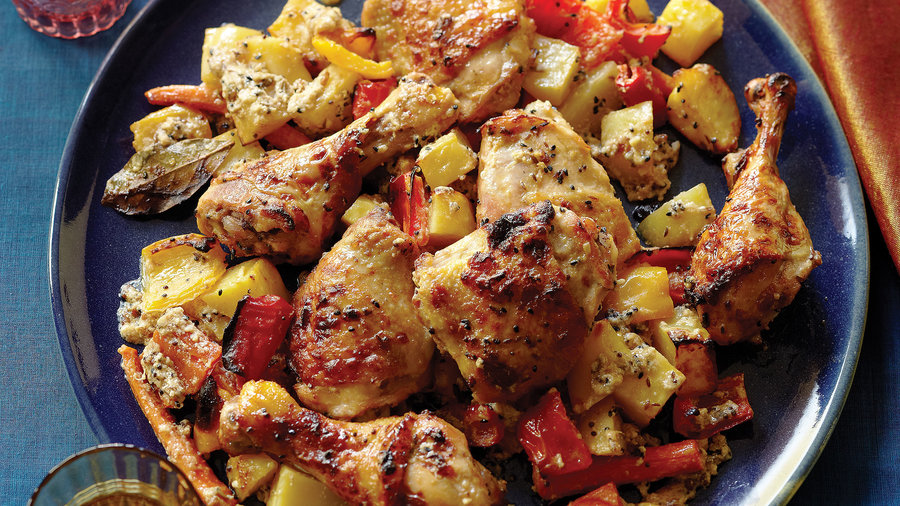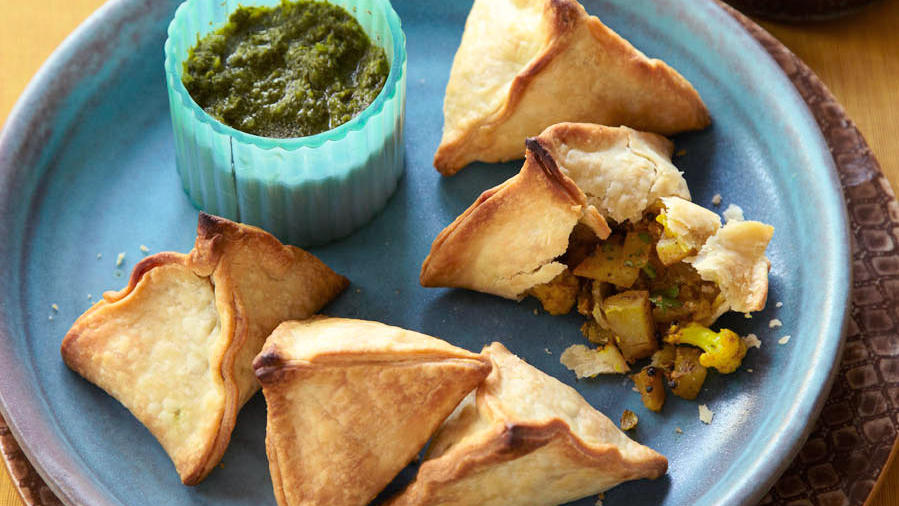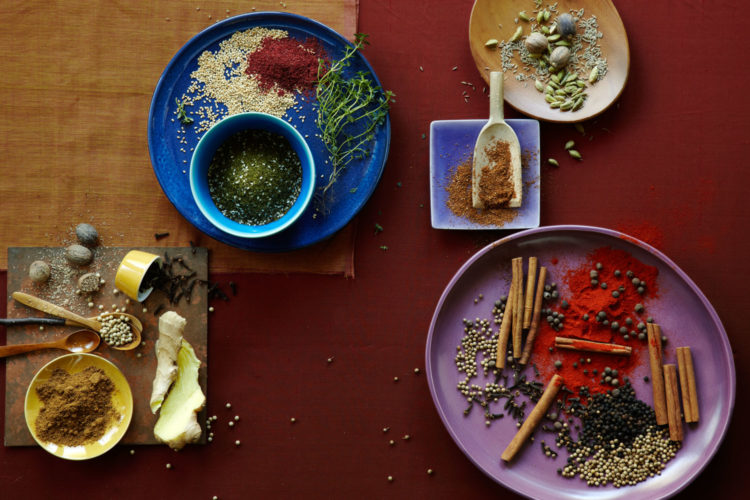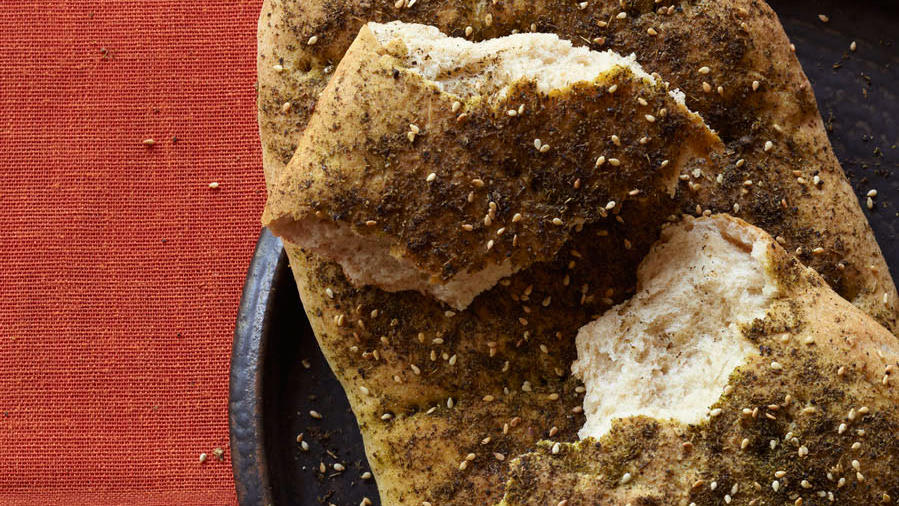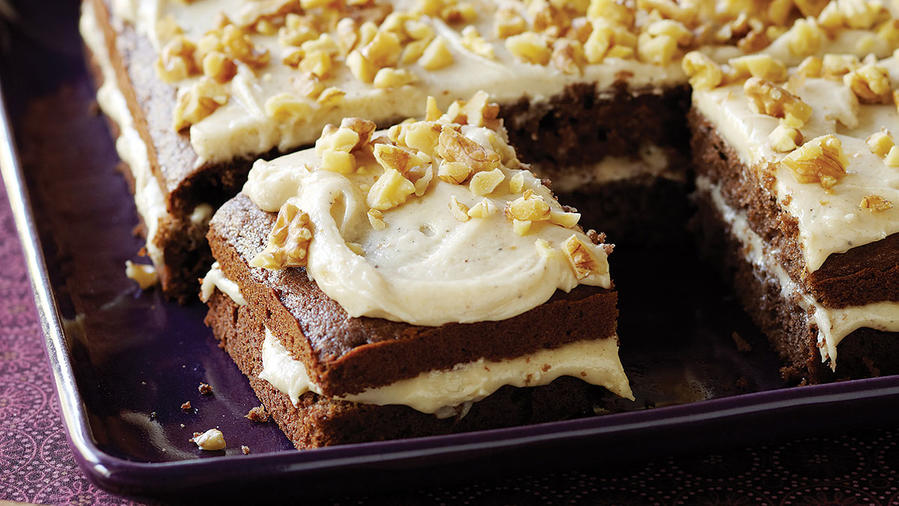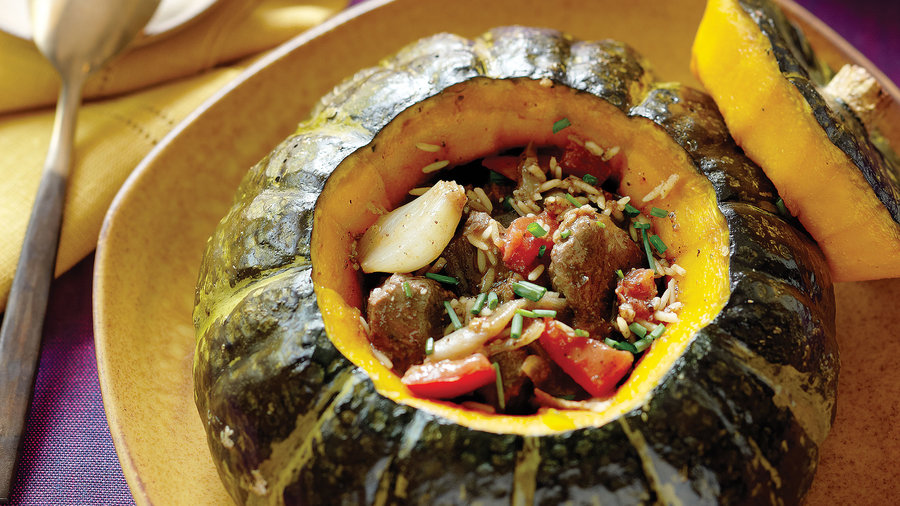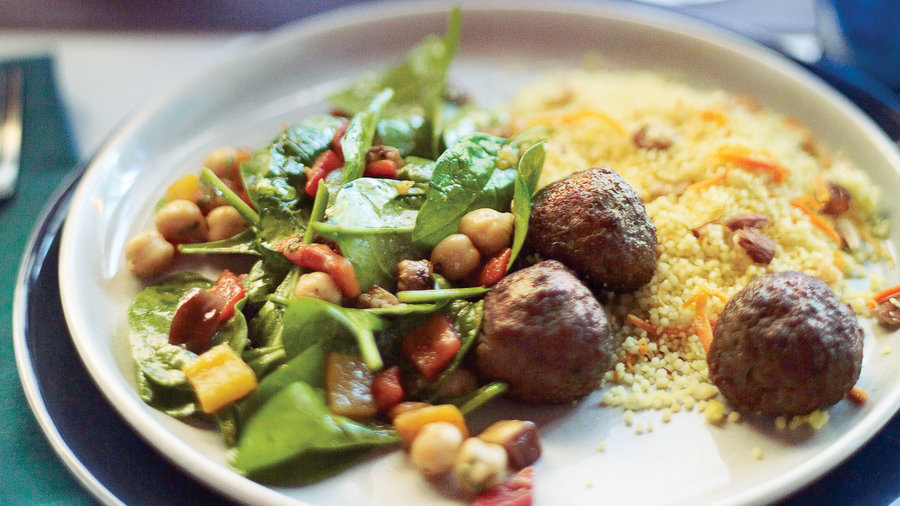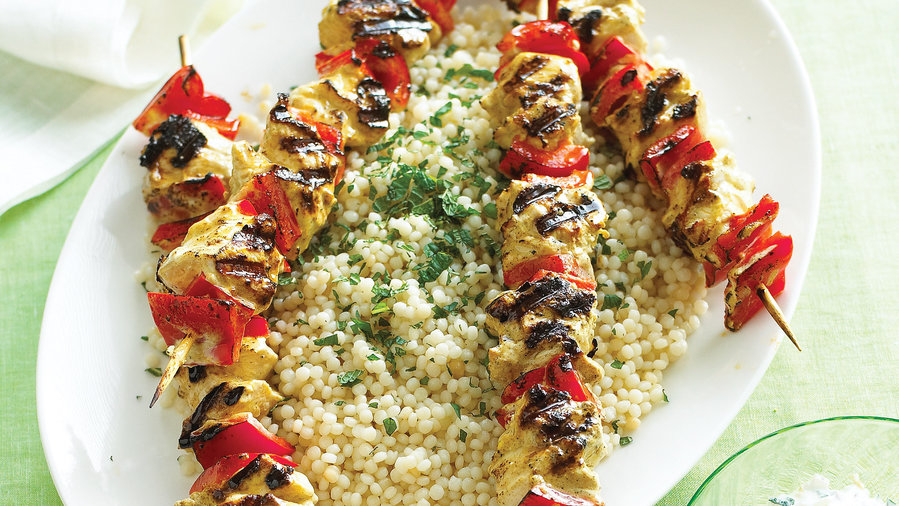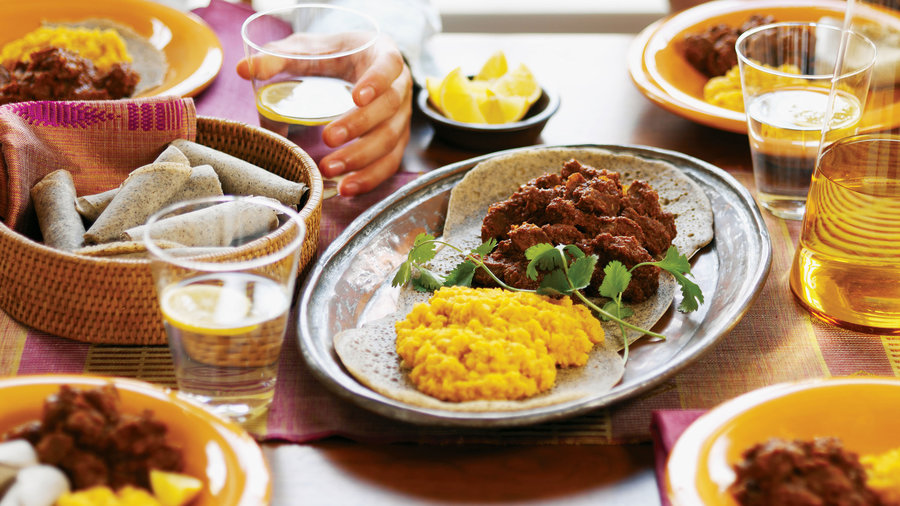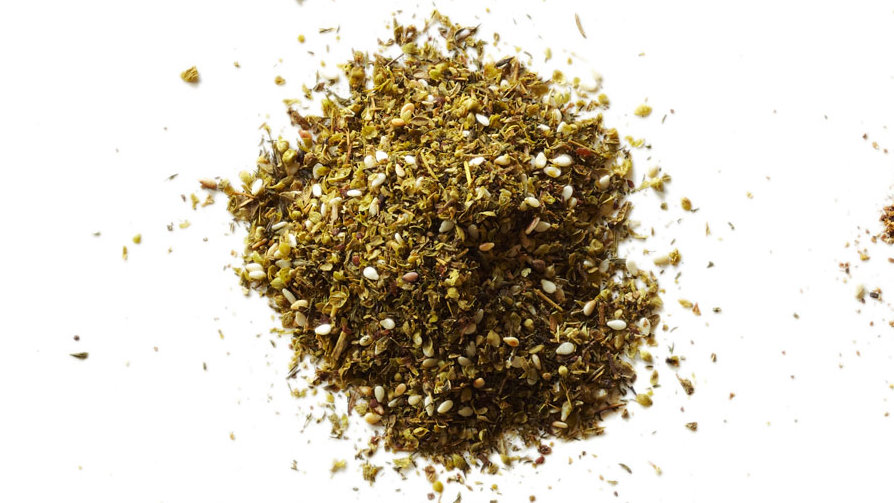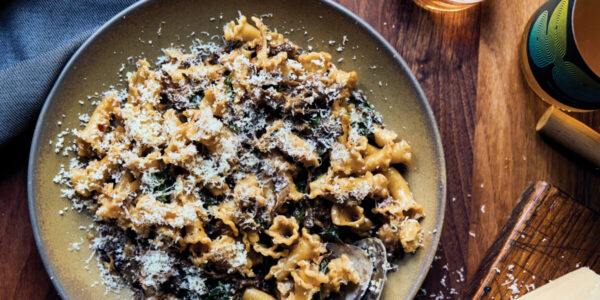Yunhee Kim
How to cook with spice blends
1.Panch phoron: “Five spices” in Bengali
Popular in: Northeast India and Bangladesh.
The blend: Five seeds: cumin, fennel, fenugreek, brown mustard, and nigella.
Flavors: Bittersweet and licorice-y.
How to use it: Pop briefly in hot ghee or oil to release flavors; don’t scorch, or seeds will get bitter. You can also simmer it in a dal or chicken-vegetable stew, knead into bread dough, season marinades for roasted meats, or sauté with sliced cabbage.
Yunhee Kim
Bengali Five-Spice Roasted Chicken and Vegetables
Recipe: Bengali Five-Spice Roasted Chicken and Vegetables
Baked in a very hot oven, the sauce reduces until the panch phoron seeds cling to the chicken and vegetables in chewy nubbins.
Yunhee Kim
2. Garam masala
“Hot spice mixture” in Hindi
Popular in: Northern India.
The blend: Coriander, pepper, cumin, green and sometimes black cardamom, cinnamon, cloves, bay leaves, nutmeg or mace, and ginger—the exact combo can vary.
Flavors: Warm and earthy, with a hint of sweetness.
How to use it: Sizzle garam masala in oil to release its aroma. Then, add it early in cooking for a mellow taste to something like samosas. You can also add it just before serving to brighten flavors: Swirl into chicken curry, or drizzle over pan-fried paneer (fresh Indian cheese).
Yunhee Kim
Cook with garam masala
Spiced Potato and Cauliflower Samosas
Here’s our busy cook’s take on a favorite appetizer, baked instead of fried, and with purchased dough instead of homemade.
Recipe: Spiced Potato and Cauliflower Samosas
More:
Yunhee Kim
3. Zaatar
“Thyme” in Arabic
Popular in: The Middle East into Turkey and North Africa.
The blend: The two basic styles are green (aka Israeli), made with thyme—alone, or with other herbs—plus sesame seeds; and red (aka Syrian), adding zingy sumac, cumin, and coriander.
Flavors: Pungently herbaceous, nutty, and sometimes tart.
How to use it: Sprinkle over bread before baking, pat onto chicken or salmon before grilling, or whisk into vinaigrette for green salad.
Yunhee Kim
How to cook with zaatar
Zaatar flatbreads
When you don’t have time to bake your own bread, combine olive oil and zaatar, then use on store-bought lavash or pocket bread.
Recipe: Zaatar flatbreads
More:
Yunhee Kim
4. Quatre épices
“Four spices” in French
Popular in: France.
The blend: White or black peppercorns, cloves, ginger, and nutmeg.
Flavors: Gingerbread spices with a grown-up pepper kick.
How to use it: Sprinkle over sautéed pork chops and apples, blend into meat loaf (quatre épices is traditionally used in pâtés and other charcuterie), or simmer in chicken stew.
Yunhee Kim
How to cook with quatre épices
French four-spice cake with browned butter spice frosting
This cake starts out tasting like citrus and sweet spices, then builds to a gentle pepper glow if the quatre épices is made with white pepper, or a good kick if it’s based on black pepper.
Recipe: French Four-Spice Cake with Browned Butter Spice Frosting
Yunhee Kim
5. Baharat
“Spices” in Arabic
Popular in: The Middle East into Turkey.
The blend: Allspice, pepper, cinnamon, coriander, nutmeg, cloves, and sometimes cardamom, cumin, and paprika. The Turkish version throws in mint and savory.
Flavors: Sweet, peppery hot, and tongue-tingling.
How to use it: Rub over lamb or beef kebabs, stir it into stews, lentils, or pilafs, simmer it with a pan of okra, or sprinkle into tomato sauce or meatballs.
Yunhee Kim
Cook with baharat
Stuffed Kabocha Squash with Arabic Lamb Stew
The sweet spices in baharat make this lamb stew perfect for autumn.
Photo by Thomas J. Story
7. Ras el hanout
This exotic Moroccan blend varies from one maker or shop owner to another, sometimes containing more than 20 peppery, sweet, and pungent spices. Try it with meats, tagines, soups, and couscous.
Recipe: Moroccan Spiced Lamb Meatballs
More:
Iain Bagwell; Styling: Dan Becker
6. Curry Powder
This familiar grocery store staple is a blend of many Indian spices, including turmeric, cumin, coriander, fenugreek, mustard, and ginger. Madras style is generally hotter. Use curry to give a golden glow and earthy flavor to meat and vegetable dishes, scrambled eggs, rice dishes, even cookies.
Recipe: Yogurt-Marinated Chicken Kebabs with Israeli Couscous
More:
Dan Goldberg
8. Berbere
Ethiopian and Eritrean cooks use this fiery mixture, which usually contains chiles, ginger, and cloves, among other spices, to season wats, or stews, made of lentils, meats, and vegetables.
Note: A generous dose of cayenne gives this stew a lively heat. If you prefer milder spice, reduce the amount to 1 or 2 teaspoons.
Recipe: Beef Stew in Spicy Berbere Sauce
Yunhee Kim
Spice sources
Where to buy spices
Get them at grocery stores, online, and at specialty shops (exact selection varies)
- Spicely Look for little boxes from this Fremont, California, company in many grocery spice aisles West-wide, including Albertsons and Whole Foods Market.
- Savory Spice Shop Five Colorado locations (Boulder, Colorado Springs, two in Denver, and Littleton) plus Santa Rosa, California. About 375 spices and house blends, ground weekly.
- Whole Spice Located in Napa, at the Oxbow Public Market. More than 350 spices and housemade blends, ground in small batches each week.
- World Spice Merchants Our holy grail for spices, located just a block from Seattle’s Pike Place Market, wows us with a rush of scents worthy of Istanbul’s spice bazaar; more than 300 individual spices, including the store’s own blends.

